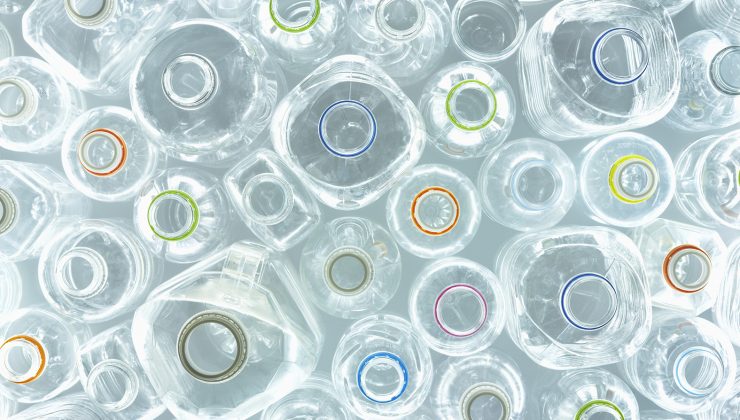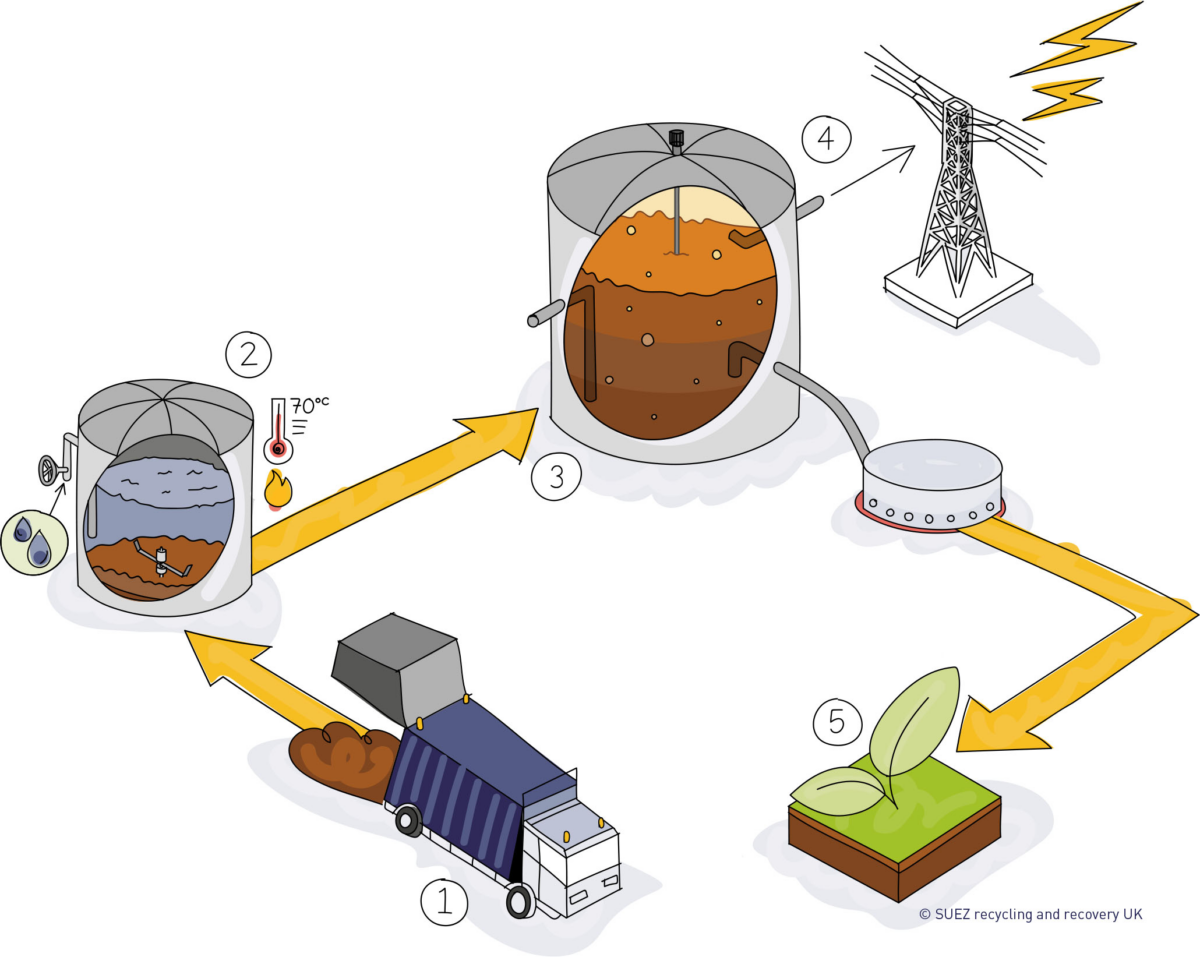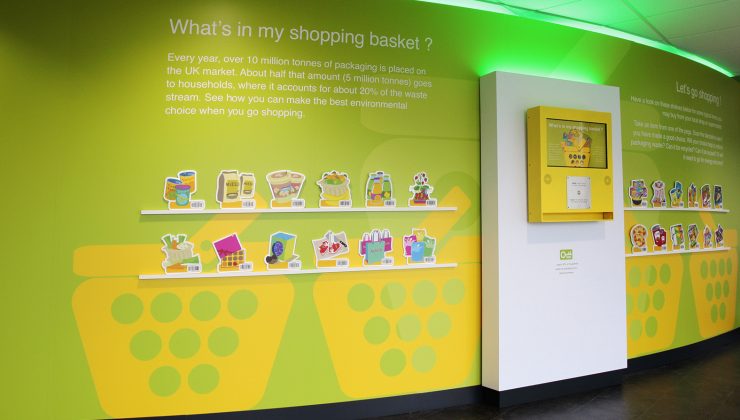
Once collected, food waste from households in Cornwall is first taken to a transfer station to be bulked up. It is then taken to an anaerobic digestion (AD) facility run by Severn Trent Power in Holsworthy.
What is anaerobic digestion?
Anaerobic digestion is an alternative way of processing food waste to composting. The process produces renewable energy as well as a biofertiliser which can be used to improve soil quality. The process is called ‘anaerobic’ because it occurs in an environment without oxygen, inside a sealed tank. Similar to composting, it relies on natural microorganisms to break down organic waste.

![]() Food waste, collected from homes and businesses, is delivered – either directly or via waste transfer station – to the reception hall of an AD facility.
Food waste, collected from homes and businesses, is delivered – either directly or via waste transfer station – to the reception hall of an AD facility.
![]() First the food wate must be pre-treated to remove contaminants such as packaging and it is also diluted with water. Heating this waste mixture to 70C for one hour kills all pathogens in the food.
First the food wate must be pre-treated to remove contaminants such as packaging and it is also diluted with water. Heating this waste mixture to 70C for one hour kills all pathogens in the food.
![]() Now pasteurised, the waste is fed into the anaerobic digester. As with composting, bacteria break down the waste, converting it into biogas and residue, which is called digestate.
Now pasteurised, the waste is fed into the anaerobic digester. As with composting, bacteria break down the waste, converting it into biogas and residue, which is called digestate.
![]() Gas piped from the digester is used to generate electricity and heat.
Gas piped from the digester is used to generate electricity and heat.
![]() Water removed from the digestate in a centrifuge can be reused in the process. The digestate contains nutrients and, after maturing, can be used as a biofertiliser to improve soil.
Water removed from the digestate in a centrifuge can be reused in the process. The digestate contains nutrients and, after maturing, can be used as a biofertiliser to improve soil.


